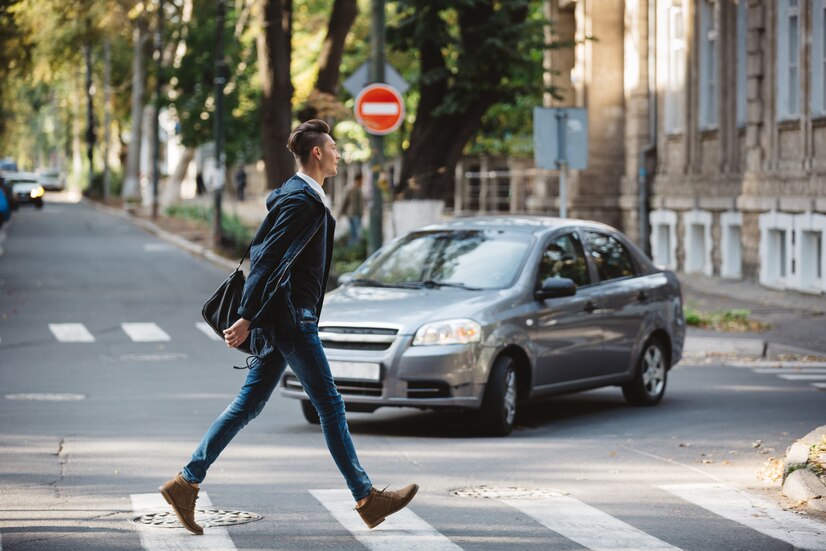The day-to-day hustle of urban life is something we’re all familiar with. Amidst the surge of vehicles, there’s a steady flow of people on foot, making their way to their destinations. But the coexistence of vehicles and pedestrians in the same space means there’s potential for accidents, and unfortunately, they happen more often than we’d like. When a pedestrian is hit by a vehicle, the aftermath can be daunting and life-altering. This is where understanding the legal landscape becomes crucial.
The Basics of Pedestrian Accidents
Pedestrian accidents refer to collisions where an individual on foot is struck by a vehicle, be it a car, truck, motorcycle, or even a bicycle. The impact of such accidents can range from minor injuries to severe physical harm or even death. Given that pedestrians lack the protective shield a vehicle provides its occupants, they are more vulnerable to grave injuries.
Who’s At Fault?
Determining liability in a pedestrian accident isn’t always straightforward. Both the driver and the pedestrian can have roles in causing the accident. Some factors taken into consideration include:
- Distracted Driving: If the driver was using a phone or otherwise not paying full attention to the road, they could be held liable.
- Failure to Obey Traffic Signs: Pedestrians who ignore walk signs or jaywalk might be found at fault. Similarly, drivers who don’t stop at traffic lights or fail to yield the right-of-way can be held liable.
- Driving Under Influence: If the driver is found to be under drugs or alcohol, they will be held liable.
- Pedestrian Behavior: If the pedestrian was walking outside of designated crosswalks, walking alongside highways, or darting out into traffic, their actions can impact the liability assessment.
However, the specifics of each accident vary, and a thorough investigation is needed to determine fault accurately.
Legal Rights of the Injured Pedestrian
Pedestrians who get injured because of the negligence of a vehicle operator have the right to claim compensation for medical bills, lost wages, pain and suffering, and other associated costs. The compensation amount varies based on the severity of injuries and other situational factors.
In some states, even if the pedestrian is partially at fault, they can still claim compensation, though it might be reduced proportionately to their degree of fault. This is termed “comparative negligence.”
When to Consult a Lawyer
While it’s possible to navigate the aftermath of a pedestrian accident without legal assistance, having a lawyer can be beneficial. They can help:
- Investigate the Accident: Lawyers can employ accident reconstruction experts, interview witnesses, and gather necessary evidence to support your claim.
- Negotiate with Insurance Companies: Insurance adjusters aim to minimize payouts. A lawyer can help negotiate a fair settlement.
- Pursue Legal Action: If a fair settlement isn’t possible through negotiation, your lawyer can take the matter to court.
Finding the Right Legal Support
While pedestrian accidents are, unfortunately, a part of urban life, knowing how to navigate the legal maze can make a difference in obtaining justice and compensation. If you or a loved one has been involved in a pedestrian accident, the path to resolution might seem daunting. This is where legal expertise comes into play.
Ness Law stands out as the best law firm in town. With a proven track record in tackling complex legal challenges and providing unparalleled support to clients, Ness Law has solidified its reputation as the best law firm for personal injury in Los Angeles. When navigating the legal intricacies of pedestrian accidents, it’s essential to have a competent and compassionate ally by your side, and Ness Law is committed to being just that.
